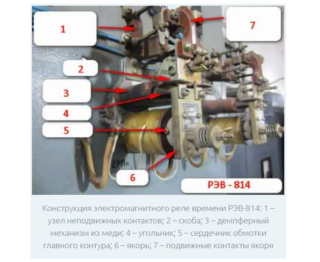A special device is used for household and industrial power grids, ICE control and illumination. A relay is a breaker of an electromagnetic or electrical type that is triggered by a mechanical, electronic or electrical impulse. Understanding the principles of operation and design features of the device will help you independently solve a number of problems in electrical engineering.
History of creation

Some sources report that the Russian scientist P. Schilling (1830-1832) installed the relay as a ringing element in the telegraph. There is another opinion, attributing the authorship of the regulator to J. Henry. An American physicist created a contact-type device with an electromagnetic operating principle in 1835.
If we consider the meaning of the word, "relay" is translated from French as the transfer of the baton at the competition or the replacement of post horses. For the first time, the regulator as an independent element was mentioned by S. Morse, who created the telegraph.
The theory of relay-type devices began to develop in 1925-1930, but after in 1936-1938. V. Shestakov, A. Nakashima and K. Shannon used mathematical logic to solve the relay problem, and the theoretical basis was launched.
At international symposia, the problems of the theoretical value of a relay switch, finite-type automata were repeatedly raised. The first consultation was held in 1957 in the USA, the second in the USSR (1962).
Specificity of relay elements
- Triggering - at the input, the effect is minimal, it increases slowly, which leads to a change in the state of the element and a simultaneous effect on the output.
- Letting go - decreasing the minimum input action so that the element returns to its original state.
- Return is a parameter that determines the maximum influence of the action in the case of an increase, at which the relay node returns to its original state.
- Speed - depends on the ratio of the response time to the return or release time.
An electrical relay is an element whose type of action depends on the flow of current or conductivity.
How the switch works
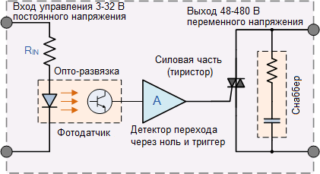
Relay is a switching device that connects or disconnects a circuit circuit in case of fluctuations in current parameters. The device is activated when the limit of the condition value (voltage or current) is reached, closing or opening the line.
To understand the principle of operation of the relay, it is required to clarify its constituent assemblies. The design of the device includes an inductor, an armature and commutation channels. When connected to a circuit in an inductor with a magnetized wire, an EMF of self-induction occurs, i.e. phase lags behind voltage. In the process of supplying current to the coil, the element attracts an armature with contacts, which closes the circuit.
The device has two types of circuits:
- controlled - closed by an anchor at the moment of triggering;
- control - through it, the current flows to the coil.
The control of large currents in the control circuit is carried out by means of a low-current control connection.
The relay apparatus of the electromagnetic type operates according to the principle of hysteresis - activation some time after the arrival of the current pulse. The current in the coil increases in a loop, reaching the required value. Due to hysteresis, relay devices are not used for fast response equipment.
Control and controlled contacts, permissible voltage and current parameters are indicated on the case.
Sensitivity options
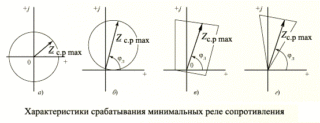
Sensitivity - the principle of operation of the relay, in which the device reacts even to minor deviations in indicators and quickly returns to standard mode.
Highly sensitive models perceive values less than 10 mW, normal - from 1 to 5 W, low-sensitivity - from 10 to 20 W.
Varieties of relays
To solve practical problems, types of relays are used that differ in the characteristics of action, switching on and the presence of protection.
By the principle of work
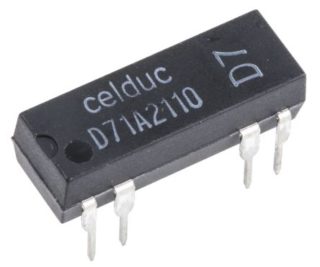
These types of relays include:
- Electromagnetic - models of the electromechanical type, operating from the magnetic field of the winding current acting on the armature. An electromagnetic switch can be neutral with a response to current parameters and polarized with a response to current magnitude and polarity.
- Electronic - will work under heavy loads. The design is represented by semiconductor elements for supplying and switching off voltage.
- Reed switches are made in the form of a cylinder with a vacuum coil or a coil filled with an inert gas. The reed switch is located in the center of the magnet or is exposed to a field. This type is activated when current is applied to the winding. After the formation of a magnetic flux and magnetization of the springs, the contacts close.
- Electrothermal - operate on the basis of the difference in the coefficient of expansion when heating bimetallic plates. The type of relay assignment is determined by the number of phases in the network.
Electrothermal models are suitable for production or as an electric motor.
By the type of inclusion of the perceiving element
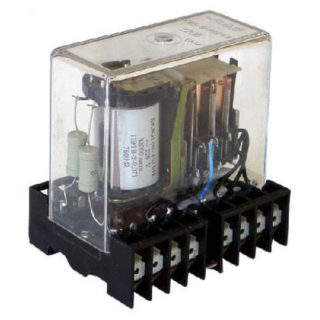
There are modifications:
- Primary - connected to the element circuit. They can be used without measuring transformers, cables, sources of fast currents.
- Secondary - connected by means of transformers with a response to current and voltage fluctuations.
- Intermediate - placed as an auxiliary device, amplify or transform the signals of secondary models.
The type of sensing element depends on the relay device. It can be an electromagnet, magnetoelectric, induction, electrodynamic system.
By way of exposure
Depending on how the actuator acts on the controlled indicator, there are devices:
- direct action - the actuator acts directly on the control circuit;
- indirect action - auxiliary devices are used to influence the chain.
An active contact system is used as an actuating element of electromechanical devices.
Protection devices
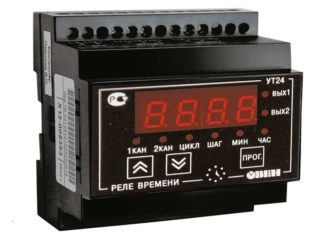
Automation is triggered by fluctuations in resistance, power and voltage. There are such types of relays:
- maximum current protection - overcurrent protection is triggered when the current reaches the set limit;
- directional protection - in addition to the current, power is monitored;
- differential protection - devices react when the voltage of the equipment changes sharply or to faults in the network itself;
- remote devices - protection is carried out at standard and high frequency when a decrease in resistance or short circuits is detected;
- differential-phase devices - DFZ control the phases from both ends of the power supply line.
In domestic conditions, the use of MTZ devices of the electromagnetic type is allowed.
Designation on the diagrams
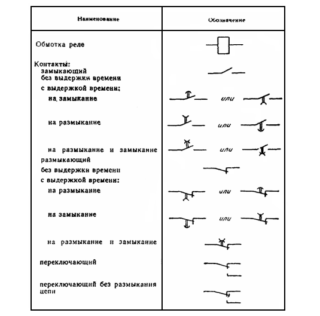
International classifier allows you to repair or design equipment. The scheme is distinguished by alphanumeric markers:
- a rectangle with horizontal lines on the sides, marked with the letters A and A1 - solenoid winding with power leads; sometimes indicated by the letter K;
- switch contacts - stabilizer contacts;
- a rectangle with a bold dot on one pin or the letter P inside the figure is a polarized modification;
- a rectangle with two oblique lines - the presence of two windings.
The designation diagrams of the household relay also indicate the type of contacts, opening features and the presence of self-return.
Areas of use
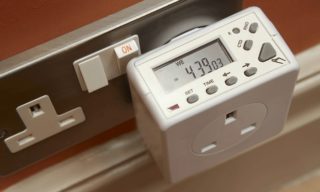
The contact device is used for the purpose of:
- control of electrical systems - you can supply a stabilizer for DC, AC or protection;
- preventing the influence of voltage surges on the nodes of household appliances - the switch creates a stable type of connection;
- uninterrupted operation of industrial and production equipment;
- automation of electrical appliances used in everyday life;
- amplification of control signals on the diagrams.
The switchgear is set by the manufacturer so that it can be triggered in certain situations.
Stabilizer Requirements
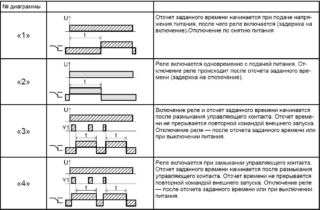
Regardless of the method of exposure, switching on and the presence of protection, when choosing, you need to take into account the technical characteristics:
- response time - the period from the receipt of the control signal at the input until the moment of influence on the network parameters;
- switching power - the permissible power limit for the equipment or network;
- triggering power - the minimum indicator at which the device will start working;
- setpoint is a variable parameter indicating the magnitude of the operating current.
Models of modern manufacturers have a simple design type or are equipped with microprocessors, control systems, sensors.
Observing the requirements for selection and knowing the scope of application of the relay, it is easy to ensure uninterrupted operation of the power grid in conditions of voltage and power fluctuations.

